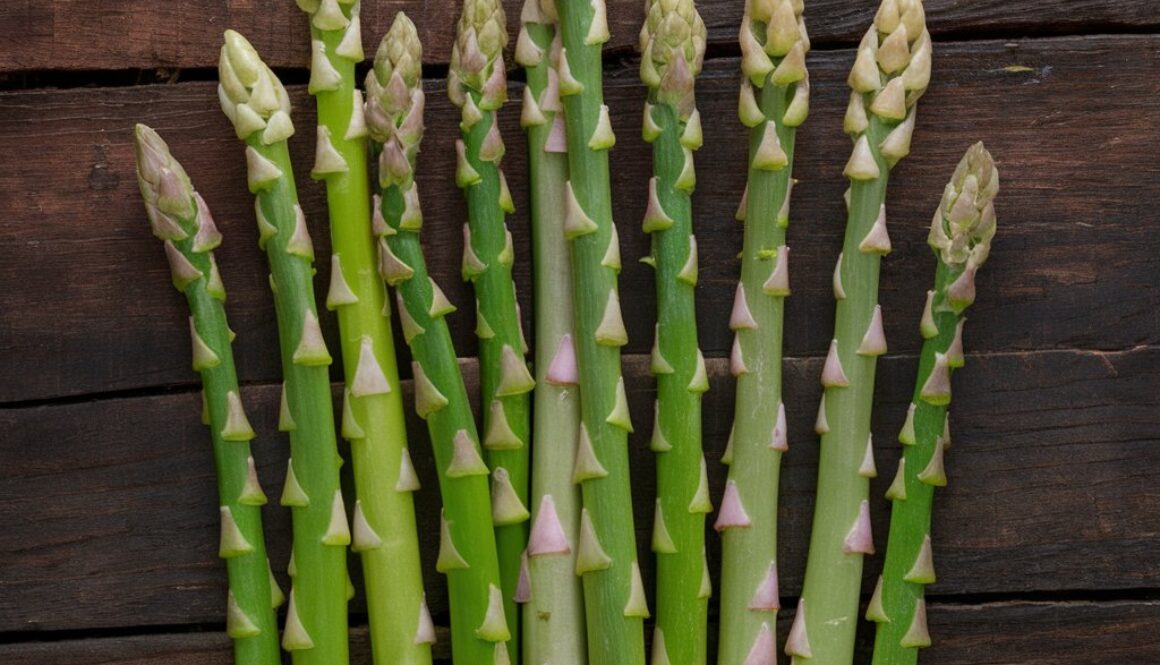Asparagus
Asparagus, scientifically known as Asparagus officinalis, is a perennial flowering plant cultivated for its young shoots, which are commonly consumed as a vegetable. Belonging to the lily family (Asparagaceae), asparagus is native to Europe, Northern Africa, and Western Asia. With its tender texture and delicate flavor, asparagus is prized in culinary traditions worldwide and is valued for its nutritional benefits.
Part Used: The primary part of the asparagus plant used for consumption is its young shoots or spears. These tender, edible shoots emerge from the underground rhizomes of the plant in spring. They are harvested when they reach approximately 6 to 8 inches in length, before the buds start to open. The spears are typically cooked and eaten as a side dish, added to salads, soups, or stir-fries, or served as a standalone vegetable dish.
Usage: Asparagus is renowned for its versatility in the kitchen and its culinary appeal. It can be steamed, roasted, grilled, or sautéed to bring out its natural sweetness and tender texture. Asparagus is rich in essential nutrients such as vitamins A, C, E, and K, as well as folate, fiber, and antioxidants. It is known to support digestive health, boost immunity, and promote healthy aging. Asparagus is also low in calories and fat, making it a popular choice for those following a healthy diet.
Agrotechniques: Cultivating asparagus requires careful planning and patience, as the plants take a few years to establish and produce a significant harvest. Asparagus prefers well-drained soil with a pH between 6.5 and 7.5 and a sunny location. The plants are typically propagated from one-year-old crowns or seeds. Crowns are planted in trenches dug about 8 to 12 inches deep and spaced 12 to 18 inches apart. Asparagus beds should be kept free from weeds and well-mulched to retain moisture and suppress weed growth. Regular watering and fertilization are essential during the growing season to promote healthy growth and yield. Asparagus plants should not be harvested in the first year to allow them to develop a strong root system. Harvesting can begin in the second or third year, with spears being cut just above the soil surface when they reach the desired length.

